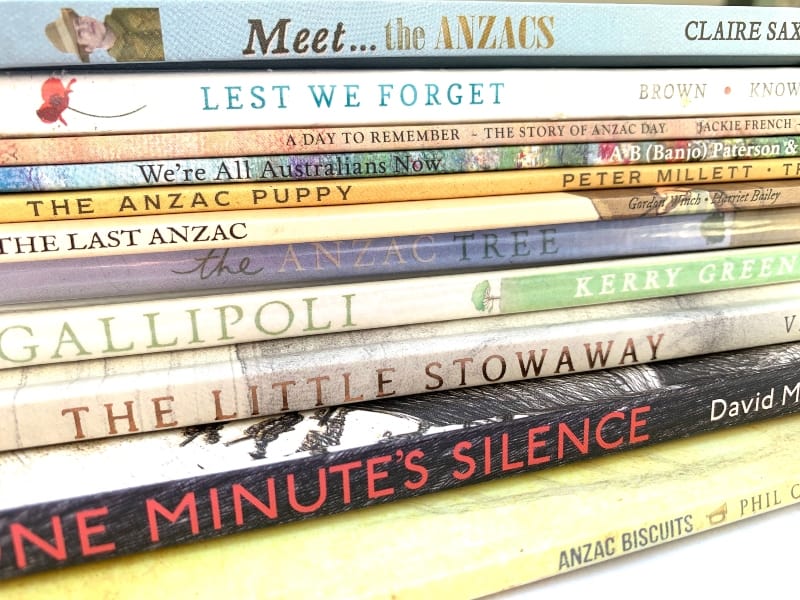
The best ANZAC Day books to share at home & in the classroom
Updated 5 April 2024
The ANZAC Day books for children on this page are a wonderful way to introduce your child to the First World War and the Gallipoli campaign and to what life was like at that time in Australia. The books range from simple texts to books suitable for older children, including teenagers and even adults.
Some of the books are non-fiction while others are fictional stories based on events that happened during the war.
I’ve used these books every year in the classroom to provide a bit of background to the remembrance ceremonies we hold in schools around ANZAC Day. I teach children aged between 5 and 12 but some of these picture books are also suitable for older children. I’ve also learnt a lot from them as an adult. Read together they enrich children’s understanding of some of the key events in World War I and ANZAC Day traditions and of why and how we remember the people who fought and died in the conflict.
Aboriginal soldiers have also served in all the wars in which Australia has participated. To read my post about some great picture books which explore the experiences of Aboriginal soldiers in World War I, head over here.
What is ANZAC Day?
ANZAC Day is a day when Australians and New Zealanders remember and give thanks for those who went to war to fight for our two countries. The day in a public holiday in Australia and New Zealand.
When is ANZAC Day?
ANZAC Day falls on 25 April every year.
What does ANZAC stand for?
ANZAC is an acronym. The letters stand for Australian and New Zealand Army Corps.
Is there an ANZAC Day public holiday when ANZAC Day falls on a weekend?
ANZAC Day is always observed with a public holiday on 25 April. When 25 April falls on a Saturday or a Sunday there is no additional public holiday on the following Monday in most Australian states. The exceptions are the ACT and Western Australia where the following Monday becomes the state’s observed public holiday.
Reading ANZAC Day books with children
I’ve chosen these ANZAC Day books because I think each one has the potential to add something significant to children’s understanding of war generally and of World War I and Gallipoli campaign in particular.
By choosing ANZAC Day books which focus on different aspects of the war and of remembering and using them as a springboard for discussion, either at home or in the classroom, we can extend and enrich our children’s understanding of war and of people’s experiences, both at home and on the battlefields. At the same time, we’ll be extending their vocabularies and developing their capacity for empathy, a quality of which which our world desperately needs more.
For resources to support your child’s vocabulary learning, check out the three different printable ANZAC wordsearch puzzles I’ve created.
Tips for reading ANZAC Day books aloud
Here are two tips you might like to consider before you share these books with children:
Tip 1: have a large world map on display near you as you read these books. Children love visuals and you can use the map to explain in general terms where the fighting was during WWI, where Gallipoli is, etc.
Tip 2: if you choose to read a few of these books, have a think about which books might best complement each other and about the order in which you read them.
For example, the first three ANZAC Day books I’ve reviewed work well when read together in the order in which they appear below. In this sequence, the books tell a bit of a story about World War I from how it began for Australia to the soldiers’ experiences on the battlefields and on to what was happening at home while they fought.
Meet the ANZACs is about the Australian people and soldiers in the lead-up to WWI. It covers how people felt and what they did before the Australian soldiers arrived at Gallipoli. It makes a great introduction to discussion about the war.
The ANZAC Puppy tells the true story of how Sam and his dog, Freda, survive the war as Sam fights on the battlefields of northern France.
In ANZAC Biscuits, the texts switches between scenes of a little girl and her mother making biscuits for the girl’s father, a soldier, and a soldier’s experiences on the battlefields.
Booktopia | Amazon*
1. Meet the Anzacs
Meet the ANZACs is one of the essential ANZAC Day books to read first because it begins by painting a picture of what life was like in Australia when war was declared and why Australian men were keen to enlist. It shows the Australian soldiers training in Australia, departing on troop ships and spending time in Egypt and ends with their arrival at Gallipoli at dawn on 25 April 1915. The artwork in this book is lovely and it does a wonderful job of setting the scene for children before you move on to other picture books which describe the fighting and life in the trenches.
Suggested for ages: 4 – 12 years
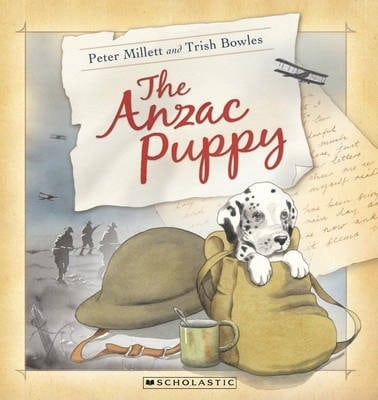
Booktopia | Amazon*
2. The Anzac Puppy
The ANZAC Puppy is based on the true story of a dog named Freda who was adopted by the New Zealand Rifle Brigade regiment at their training came in England. Freda became their much-loved mascot and provided warmth and comfort to the Kiwi soldiers who were far from home and living through one of the most troubling times in history. In this story, Freda accompanies, Sam, the young soldier who adopts him to the battlefields of northern France. We see what the conditions were like in the trenches, the fighting is described and we see Freda providing comfort to Sam as he becomes more and more saddened and frightened by his experiences. In the end, Sam returns and marries the young lady from whom he has adopted Freda. This book is a lovely one to read after Meet the ANZACs because, while it doesn’t feature Gallipoli, in a way it picks up the story of war where Meet the ANZACs stops.
Suggested for ages: 5 – 10 years
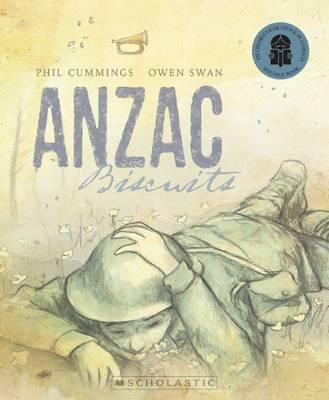
Booktopia | Amazon*
3. ANZAC Biscuits
ANZAC Biscuits is a book about the importance of ANZAC Day traditions. The text switches between scenes of a little girl called Rachel and her mother making biscuits for the girl’s father, a soldier, and the experiences of the father on the battlefields. As Rachel mixes the batter and licks the spoon, warm and safe in her kitchen with her mum and her cat, we see her father shivering in the snow in the trenches and lying face-down in a field while bullets whizz above his head. At the end he receives the ANZAC biscuits from his wife and daughter. This book is a lovely way of explaining how ANZAC biscuits came to be made and why they’re associated with ANZAC Day. It also extends children’s understanding of what life was like for the soldiers in the trenches, how they felt and what life was like for the families they’d left at home. This is one of my favourite ANZAC Day books for children.
Suggested for ages: 5 – 12 years
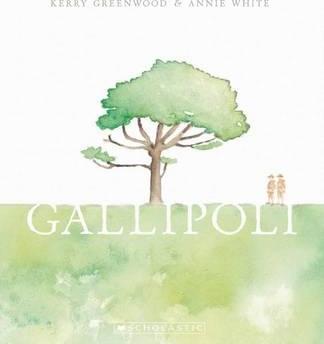
Booktopia | Amazon*
4. Gallipoli
Gallipoli is a straightforward fictional narrative about two Australian soldiers, Dusty and Bluey, who leave Australia and land at Gallipoli, having first spent time in Egypt. This book has quite a lot of text and does a good job of explaining the Gallipoli story from start to finish. The departure from Australia, the landing at what is now ANZAC Cove on the Gallipoli peninsula, digging the trenches, the food the soldiers ate and the fighting are all described and John Simpson and his donkey rescue Dusty when he’s wounded. The books also describes conditions in the trenches, the work of stretcher-bearers and nurses, fear, letters from home, friendly encounters with Turkish soldiers and mateship. The book goes on to show the ANZAC troops leaving Gallipoli and Dusty and Bluey returning home at the end of the war. They married and had children and the book ends with an illustration of a young boy, the narrator of the story, who has “curls of red hair, like my great-grandfather, Bluey.”
Suggested for ages: 5 – 10 years
Booktopia | Amazon*
5. A Day to Remember: the story of ANZAC Day
I love Jackie French’s books and A Day to Remember is a great addition to the ANZAC Day book genre. This non-fiction picture book looks at ANZAC Day from a different perspective, tracing the story of ANZAC Day through the last 100 years. It begins with the Gallipoli landings and fighting in 1915 and moves on to look at how the experiences and sacrifices of our soldiers have been remembered on 25 April in the years since then. Reading ANZAC Day books like this one is a good way to extend children’s understanding of what the term ANZAC means, particularly in the context of Australia’s participation in many wars since World War I. It prompts children – and adults – to think about how and why we remember and the importance of remembering.
Suggested for ages: 8 – 12 years
Booktopia | Amazon*
6. The Little Stowaway
The Little Stowaway is the true story of a French boy, orphaned by the war, who stumbles into an Australian camp on the battlefields and is cared for by one of the soldiers, Tim Tovell. At the end of the war, unable to find any of the boy’s relatives, Tim smuggles the boy back to Australia and adopts him into his family.
The fact that Honoré was smuggled back to Australia is something that would not happen today but the story is a lovely one to share with children because it highlights a different kind of victim of war – a child orphaned as a result of the fighting.
When I read this book in the classroom, I find that hearing the story of Tim and Honoré extends the children’s thinking and deepens their knowledge about World War I and about war generally because it encourages them to consider what happens when a war ends. We discuss the fact that many people are left without homes, family members might be missing, food is often scarce and, yes, some children might have lost their parents. I particularly like the way this story is told from Honoré’s point of view and the way the illustrations are interspersed with black-and-white photos from the collection of Tim Tovell’s family.
Suggested for ages: 4 – 12 years
Booktopia | Amazon*
7. Do Not Forget Australia
On 25 April 1918, the northern French town of Villers-Bretonneux was liberated by Australian soldiers, an event the towns’ people remember to this day with profound gratitude. I visited the town with my family in 2013 and seeing the sign in the school playground which reads “Do not forget Australia” remains one of the most moving experiences of my life.
Many of the soldiers who fought to free the town from the Germans were from Melbourne and Do Not Forget Australia tells the true story of the bond that was created that day between the people of Melbourne and the people of Villers-Bretonneux. The book follows the experiences of two little boys, Henri and Billy. Henri lives in Villers-Bretonneux and meets Billy’s father, a soldier, after the town has been liberated by the Australians. The two become friends and Billy’s father writes to his son about the destruction of Henri’s school which prompts Billy to think about how he can help the children of Villers-Bretonneux.
This story extends children’s thinking about the impact of war on the lives of ordinary people and about what happens after the fighting has ended. It’s also, of course, a story about kindness and about helping other people, about remembering and about how bonds of gratitude and friendship forged in war can last forever. And it’s about remembering the helpers.
Suggested for ages: 5 – 12 years
Booktopia | Amazon*
8. Alfred’s War
For most of the past 100+ years, the fact that indigenous soldiers enlisted and fought in World War I hasn’t even been acknowledged, much less remembered and celebrated. It’s something I have only recently become aware of, though I’ve always had a strong interest in the 1914-1918 war and have read widely about it.
Alfred’s War is a powerful story that unmasks this lack of recognition through the eyes of Alfred, a young many who fought and was injured in France. On his return to Australia, Alfred was neither honoured as a returned soldier nor offered the government support afforded to non-Indigenous servicemen. So he took up a solitary life, walking the back roads with his billy and his swag, finding work where he could.
The gentle illustrations and sparse text make this a wonderful book for children of all ages – and actually for adults too. It illustrates an important aspect of the First World War and of how we remember it which has been hidden from most people until recently so I think it’s an important book to share with children.
Suggested for ages: 5 – 12 years
Booktopia | Amazon*
9. ANZAC Ted
Anzac Ted is a rhyming picture book and, at first glance, it seems like it’s suitable only for younger children. But the story of a little boy’s very old teddy who once belonged to his grandfather is actually a lovely story for everyone, even adults.
The story begins when the little boy takes his teddy to school for Show and Tell. But the children don’t understand how special he is. They see only an old, ragged teddy who’s missing one eye. The boy goes on to tell the story of how ANZAC Ted went to war with his grandpa and provided comfort to the soldiers when things were hard, returning a hero. At the end of the book is a summary of the Gallipoli story and the ANZAC legend.
I really love how this story shows the ANZAC soldiers as brave but also as young and in need of comfort. That’s an important thing for children to understand: that bravery and fear exist side-by-side and that it’s OK to be scared and to need the comfort of familiar things that we love.
Suggested for ages: 3 – 8 years
Booktopia | Amazon*
10. Lest We Forget
Lest We Forget is a simple text about remembering. It also introduces the phrase Lest We Forget which is something children often ask me about around when this time of year when they’re hearing it all the time. What does it mean? Why do we say it? Having this discussion is a great way to enrich your child’s vocabulary with words they don’t hear in everyday life. The story is told by a little boy who’s about 5 years old and begins:
My granddad says there are two types of days: those you want to remember and those you want to forget.
The text then alternates between pages where the boy remembers important events in his own life and days he’d like to forget with images of his grandfather’s experiences during the war. The illustrations and text are very simple and focus on helping young children understand the concept and importance of remembering. The book ends with the boy’s grandfather telling him that there are two important days when we must stop and remember: 11 November and 25 April.
I like the way this book explains the concept of remembering because it can be quite difficult for young children to grasp. I still remember teaching a pre-ANZAC Day lesson to a class of five-year-olds, at the end of which a little boy put his hand up and asked “what does remember mean?” Reading this book with young children can help them understand why we have the ceremonies they see on ANZAC Day.
Suggested for ages: 4 – 8 years
Booktopia | Amazon*
11. The Last ANZAC
The Last ANZAC is the true story of Alec Campbell, a soldier who fought at Gallipoli after enlisting at the age of 16. Alec was the last surviving ANZAC solider when he died in 2002 at at the age of 103. The year before he died, Alec met a little boy called James and in this picture book Alec tells James about his experiences at Gallipoli. This is a wonderful book for younger children but older children who are not familiar with Alec Campbell’s story will enjoy it too.
Suggested for ages: 4 – 10 years
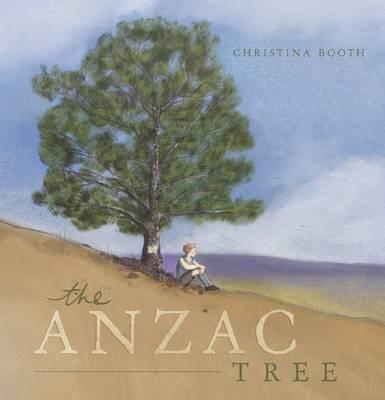
Booktopia | Amazon*
12. The ANZAC Tree
The ANZAC Tree is, at its heart, a book about ANZAC Day which follows a family through several generations as their men leave to fight and their families remember them. It begins with two brothers, Percy and Roy, who each plant a tree on their farm for their family to remember them by before leaving to fight in World War I. While they’re away, their younger brother, Phillip, waters the young trees and is upset when Roy’s tree thrives while Percy’s doesn’t. The family receives word that Percy has been killed, Roy comes home and the family remembers Percy on the first ANZAC Day.
Then Mark watches with his uncle Roy as his father, Phillip, marches off to fight in World War II. The book goes on to follow the generations as family members depart for wars in Korea, Vietnam, Iraq and Afghanistan. Every year, the families watch the ANZAC Day parade and gather under Uncle Roy’s tree at the farm to remember their family members who have fought in war. The book ends with the story of 12-year-old Jack who lives on the farm and whose father is a soldier in Afghan. Jack’s favourite day is Friday because he gets to speak with his dad on his computer. His Dad returns safely and the family gathers on ANZAC Day for a special service and picnic under the tree his great-great-grandfather Roy planted a hundred years ago.
This book does a wonderful job of helping children draw connections between World War I and all the wars Australia has been involved in since then. It also draws connections between ANZAC Day celebrations of the past and the ones children see today. Finally, the way the thread of Roy’s tree on the family farm runs through the different stories connects the generations and is a lovely example of the different ways people remember.
Suggested for ages: 6 – 12 years
Booktopia | Amazon*
13. We’re All Australians Now
In 1915 Banjo Paterson wrote an open letter to the Australian troops in the wake of the Gallipoli campaign. He wrote it in the form of a poem which acknowledges the coming together of men from all over the country to fight and to die together as Australians. The Australian army’s experiences at Gallipoli were seen as the first big test the country had faced after Federation and the poems reflects the belief of many Australians at the time that our maturity as a nation – and in fact our national identity – was forged at Gallipoli. It also helped to create the ANZAC legend with which we are so familar.
The poem reads, in part:
The man who used to ‘hump his drum’,
On far-out Queensland runs,
Is fighting side by side with some
Tasmanian farmer’s sons.
The fisher-boys dropped sail and oar
To grimly stand the test,
Along that storm-swept Turkish shore,
With miners from the west.
Suggested for ages: 10 – 18 years
Booktopia | Amazon*
14. One Minute’s Silence
One Minute’s Silence is a beautiful and quite detailed picture book which is suitable for older children, teenagers and even adults. It takes quite a different tack to most picture books about ANZAC Day as it introduces the experience of the Turkish people to discussions about Gallipoli and, for this reason alone, I think it’s an important book to share.
The book uses the tradition of observing one minute’s silence to invite readers to imagine how soldiers – Australian and Turkish – felt as they fought and died at Gallipoli. It begins “In one minute’s silence you can imagine … ” and goes on to tell the story of Gallipoli, from the landings on the beach to the fighting, the dying and the burying of the dead and then on to the final withdrawal of the ANZAC troops from the peninsula.
The illustrations take the form of monochromatic sketches including, at the beginning and end of the book, images of a class of modern-day teenagers sitting in a classroom. These teens are obviously learning about the Gallipoli campaign and the rest of the illustrations in the book show these teenagers alongside Australian and Turkish soldiers as the teenagers imagine how it would have been for the soldiers in 1915. Atatürk’s famous words, spoken in 1934, about the Australian soldiers buried at Gallipoli, appear at the end of the book.
Suggested for ages: 10 years – adult
To save this post for later, pin the image below:
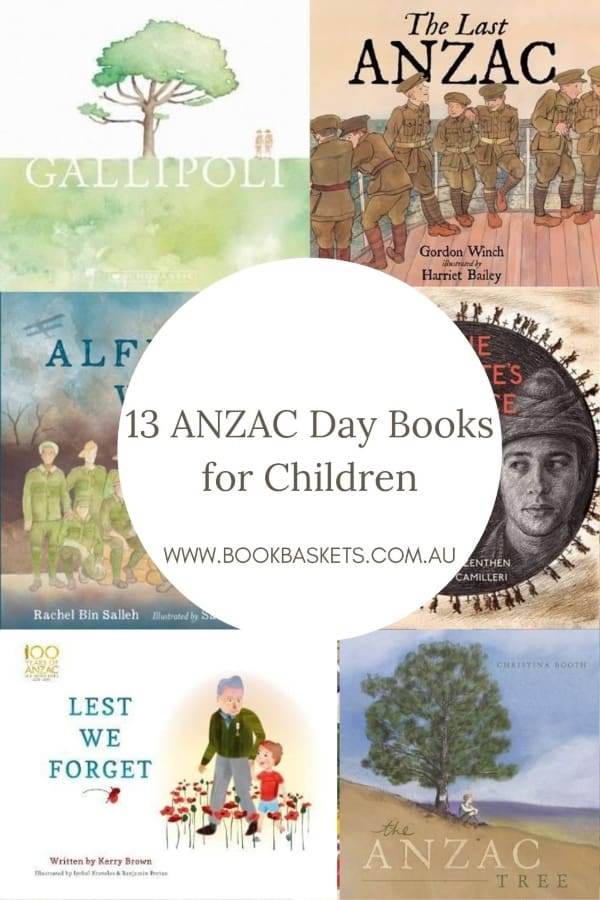
Over to you
Does your family have any special ANZAC Day traditions?
Do you have a favourite ANZAC Day book for children?
I’d love to hear what you think so drop me a line in the comments.
1 Comment
Submit a Comment
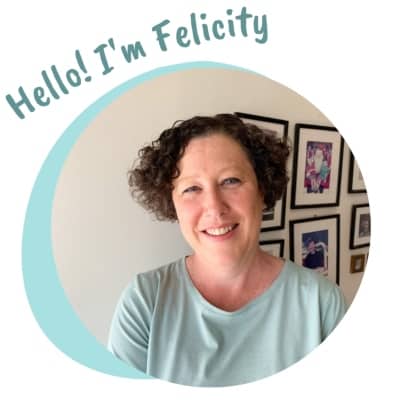
I’m Felicity - a parent to three young humans and a primary school teacher who loves books.
I’m passionate about helping parents discover the joy of reading to their little ones and I love helping you discover quality picture books to share with the babies and small humans in your lives.
I also create gift baskets and Little Book Gifts filled with the very best books for children from newborns to four-year-olds. You can check them out here.
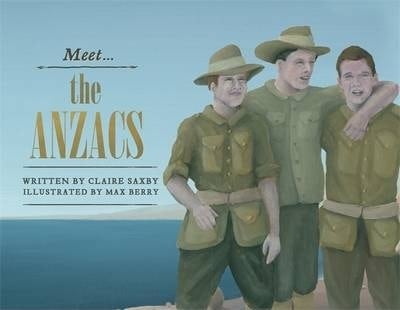
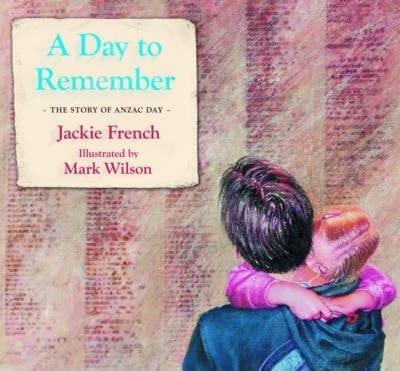
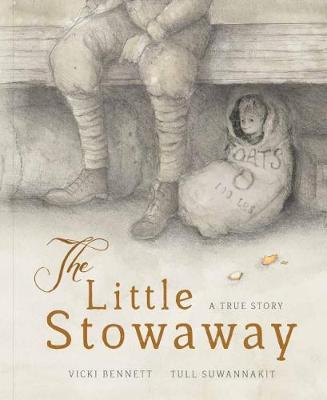
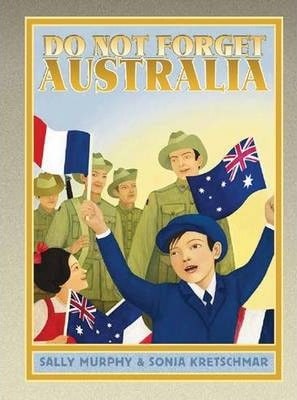
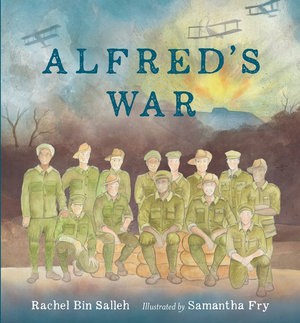
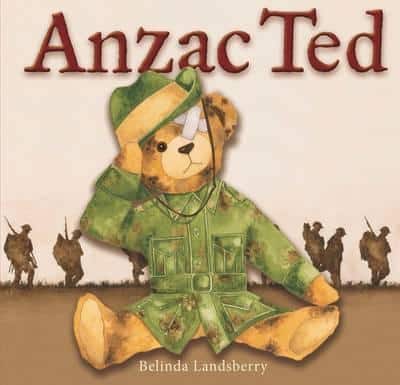
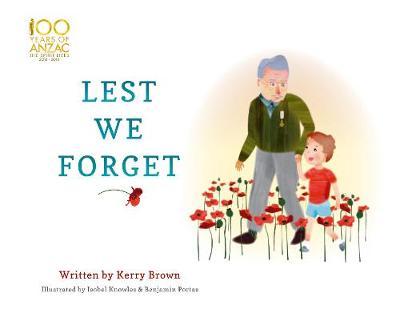
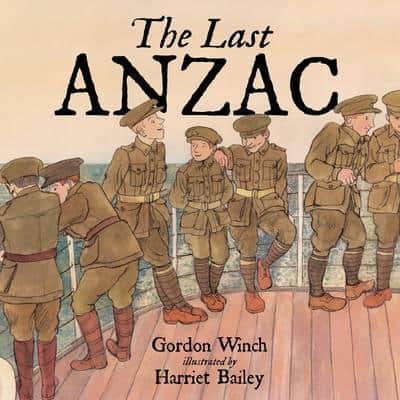
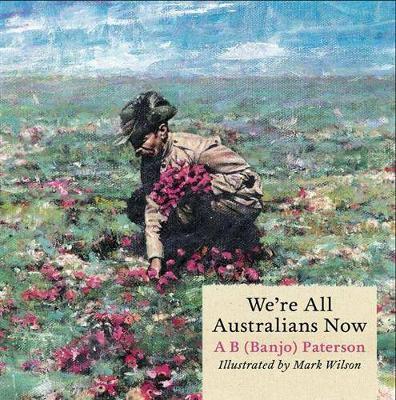
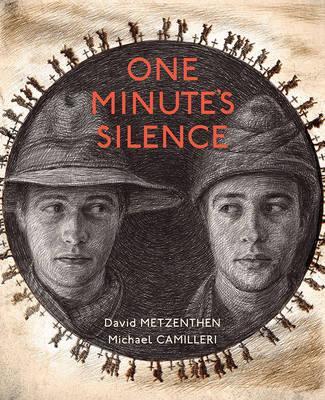
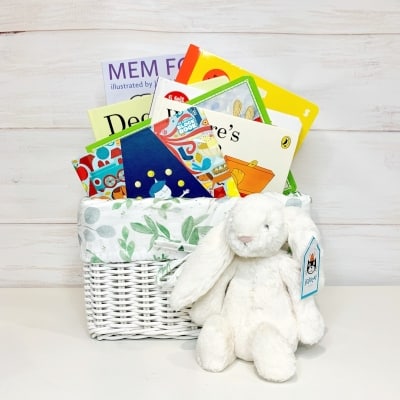
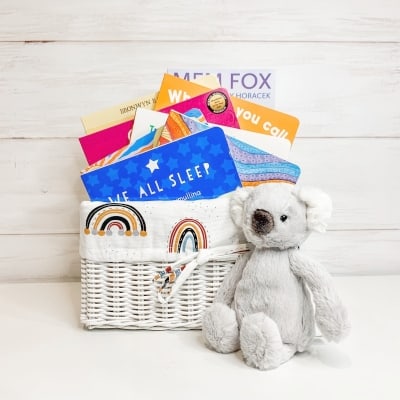
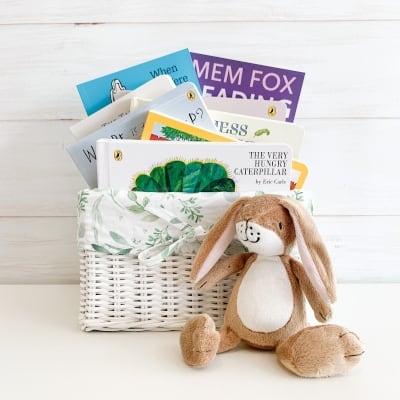
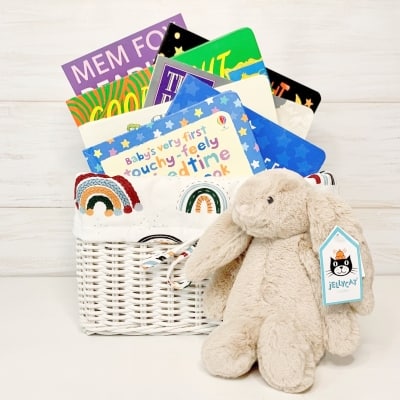
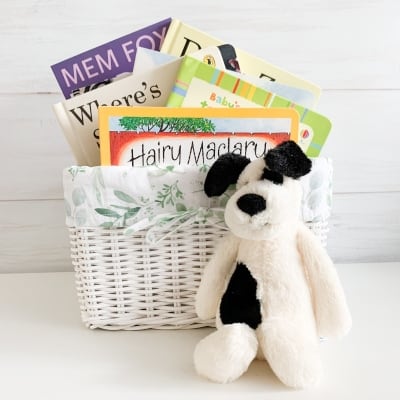
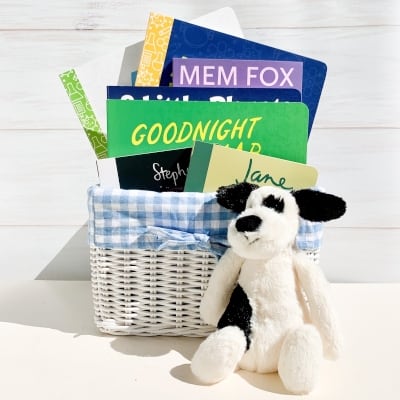
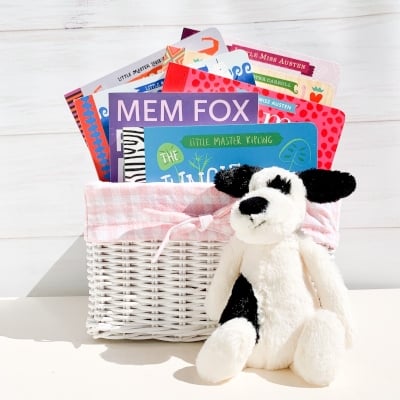
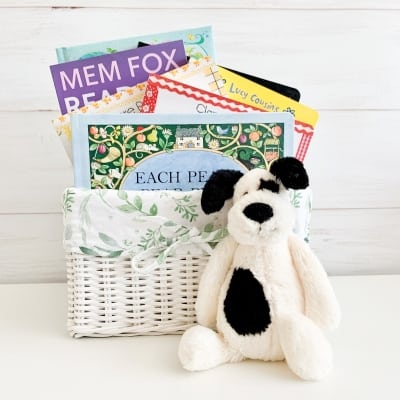
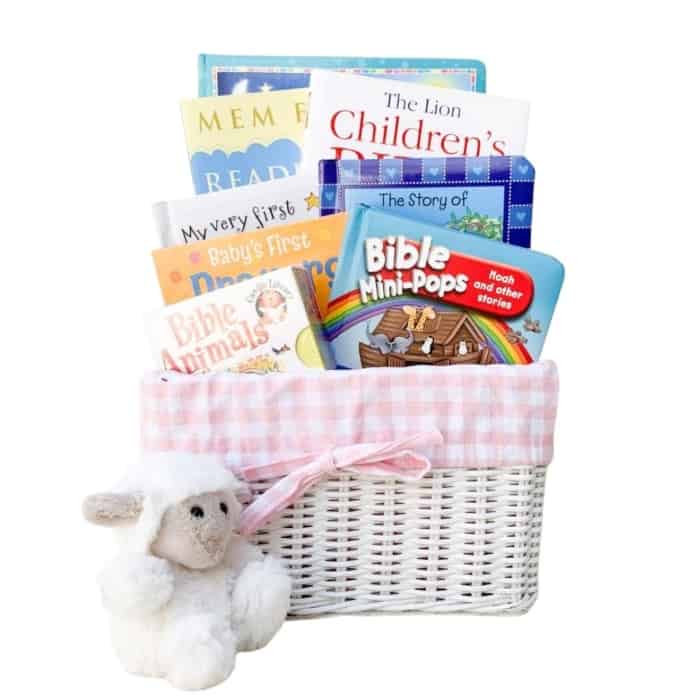
How do I order this set of books?